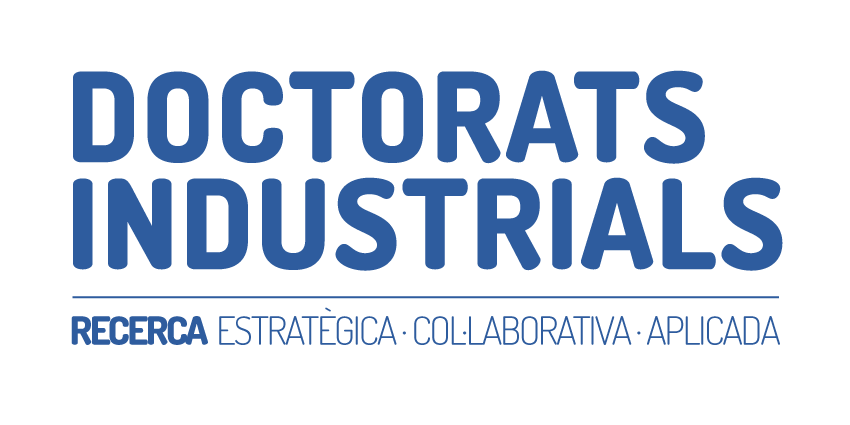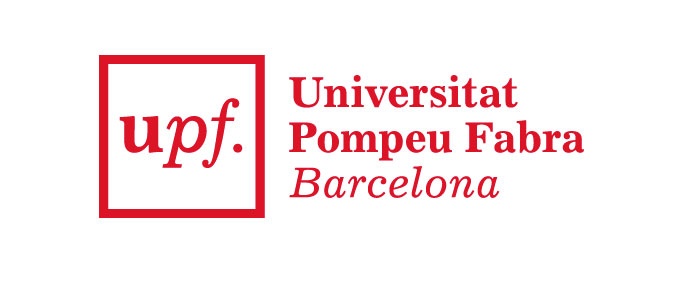Project description
En les fases inicials del disseny de fàrmacs, on s’utilitzen processos computacionals (CADD) per trobar molècules candidates i esdevenir un medicament, es fan servir models químics simples i menys precisos per satisfer el compromís entre temps de càlcul (cost) i precisió dels resultats. Incrementar la precisió dels resultats augmenta les probabilitats d’èxit de les molècules candidates en les subsegüents fases del disseny de fàrmacs. Quantificant aquest compromís, incrementar les probabilitats d’èxit de les subsegüents fases en un 1% implicaria un estalvi de 52M d’euros, mentre que reduir el temps d’execució en 1% implicaria un estalvi de 9M d’euros en un projecte de desenvolupament d’un fàrmac.
El projecte d’investigació pretén extendre l’aplicació dels descriptors hidrofòbics derivats de càlculs mecano-quàntics acoplats a models continus de solvatació al disseny molecular basat en el receptor. Això permitirà anar més enllà dels mètodes ja desenvolupats a Pharmacelera dins del disseny basat en lligands (PharmScreen), abordant el disseny de noves metodologies per aplicar aquests descriptors tenint present la informació estructural de la diana biològica. En particular es treballarà en modelar les característiques de la cavitat del receptor y la seva relació amb els lligands amb la finalitat de buscar nous compostos que puguin ser d’interès.




